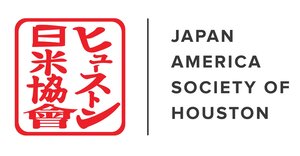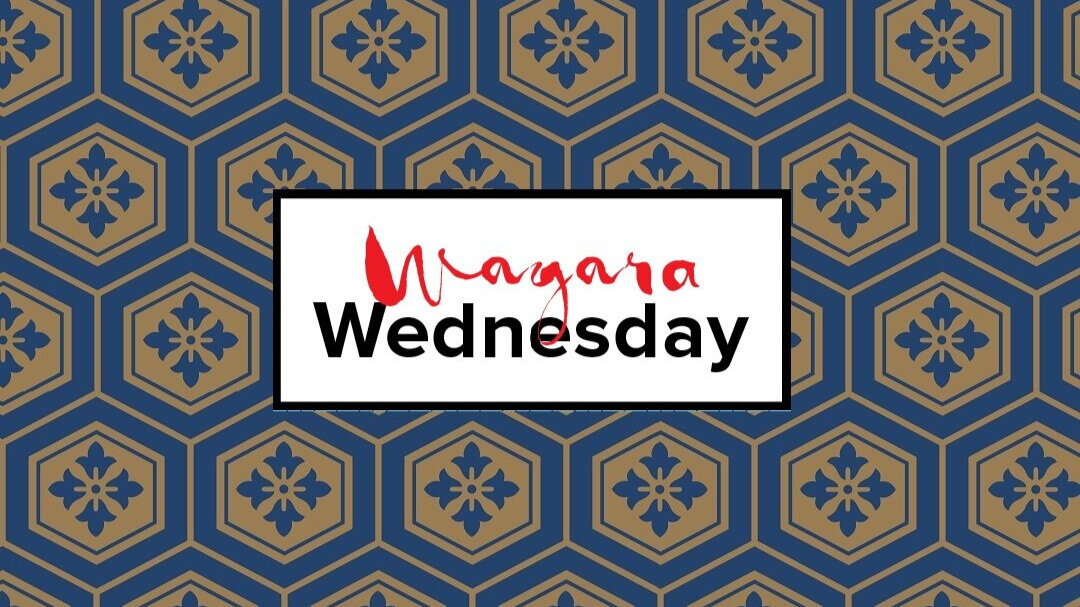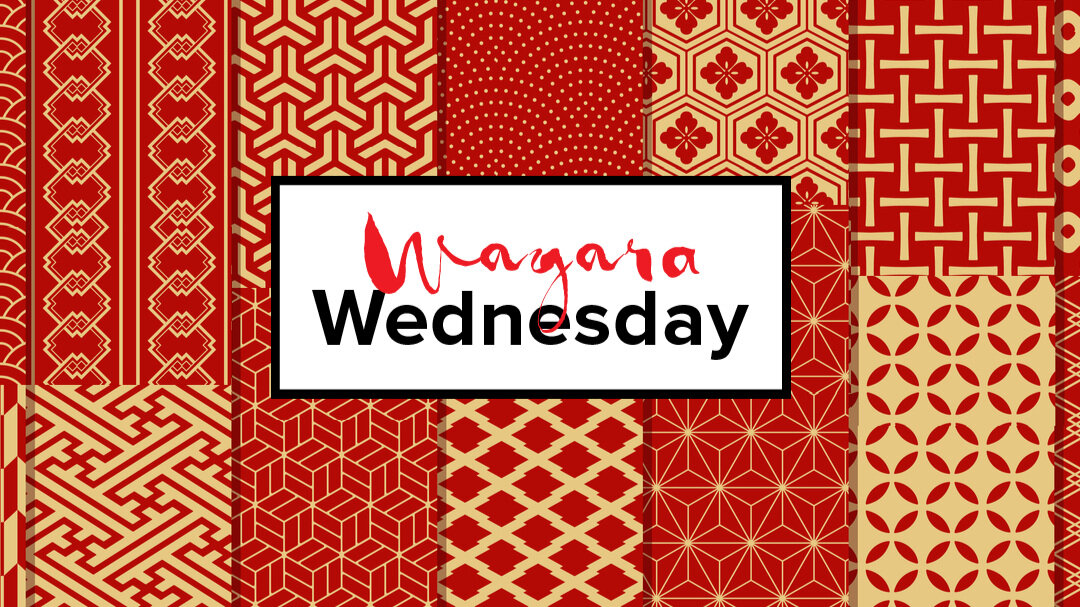Last week, we introduced the Kikkou (亀甲) “tortoise shell” pattern in honor of World Turtle Day, which was marked on May 23.
For Week 11 of our “Wagara Wednesday” series, we share a variation of the Kikkou motif known as Bishamon Kikkou (毘沙門亀甲).
The unique shape of the Bishamon Kikkou is created by linking together three (3) kikkou tortoise shells and removing their inner lines.
The pattern is named after Bishamonten (毘沙門天) one of the Shichi-fuku-jin (七福神) — seven gods of luck.
Bishamonten is known as the God of Treasure, Wealth, & Warriors, Protector of Buddhism, Dispenser of Riches, Defender of the Nation, Scourge of Evil Doers, Healer of Illness, Guardian of the North, and Commander of the Shitennō (四天王), a group of four gods who protect the four directions.
Bishamonten is typically depicted as dressed in full armor decorated with the repeat Y-shaped Kikkou pattern.
As the world continues to battle COVID-19, may the Bishamon Kikkou bring you the protection of the mighty defender and deity of healing.












